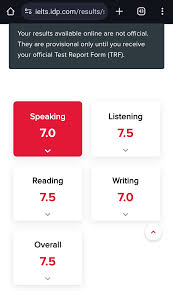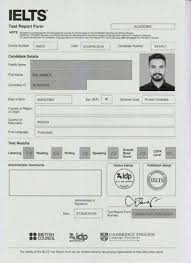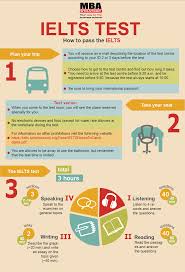IDP Result, In the ever-evolving landscape of education and professional development, IDP results play a crucial role in guiding individuals towards their goals. The term “IDP” often refers to an Individual Development Plan, a strategic tool used to outline personal and professional growth objectives. Whether you’re a student, a job seeker, or a professional, understanding your IDP results can significantly impact your future success.
What is an IDP?
An Individual Development Plan (IDP) is a personalized roadmap designed to help individuals identify their strengths, weaknesses, and areas for improvement. This tool is commonly used in educational settings and workplaces to align personal development with career aspirations. The IDP process typically involves setting clear goals, identifying necessary skills, and creating an action plan to achieve those goals.
How are IDP Results Evaluated?
IDP results are evaluated based on several factors:
- Goal Achievement: This involves assessing whether the individual has met the specific objectives outlined in their IDP. Success in this area indicates that the individual is on track with their development plan.
- Skill Improvement: Evaluators look at the progress made in developing new skills or enhancing existing ones. This might involve completing training programs, gaining new certifications, or demonstrating improved performance in relevant areas.
- Feedback and Reflection: Constructive feedback from mentors, supervisors, or peers is crucial in evaluating IDP results. Reflection on this feedback helps individuals understand their progress and areas needing further development.
- Progress Tracking: Regularly reviewing and updating the IDP ensures that it remains aligned with changing goals and priorities. Effective tracking methods include performance reviews, self-assessments, and periodic check-ins with a mentor or supervisor.
How to Interpret Your IDP Results
Interpreting IDP results involves understanding what they reveal about your personal and professional growth. Here are some key points to consider:
- Success Indicators: Positive results typically show that you’ve achieved your goals or made significant progress. This might be evident through improved performance metrics, successful completion of projects, or positive feedback from others.
- Areas for Improvement: If your results indicate areas where you’ve fallen short, use this as an opportunity for growth. Identify specific obstacles and seek additional resources or support to overcome these challenges.
- Revised Goals: Based on your results, you might need to adjust your goals or strategies. Revising your IDP ensures that it remains relevant and achievable as your career evolves.
Leveraging IDP Results for Future Growth
- Continuous Learning: Use your IDP results to identify new learning opportunities. This could involve pursuing additional training, attending workshops, or seeking mentorship in areas where you need further development.
- Networking and Professional Development: Connect with professionals in your field to gain insights and advice. Networking can provide valuable perspectives and opportunities that align with your revised goals.
- Setting New Milestones: Based on your progress, set new milestones to continue challenging yourself and achieving greater success. Regularly update your IDP to reflect these new objectives.
Conclusion
IDP results are a powerful tool for personal and professional development. By understanding and interpreting these results, you can make informed decisions about your growth trajectory and take proactive steps towards achieving your goals. Embrace the feedback and insights provided by your IDP to continuously enhance your skills, advance your career, and achieve long-term success.



